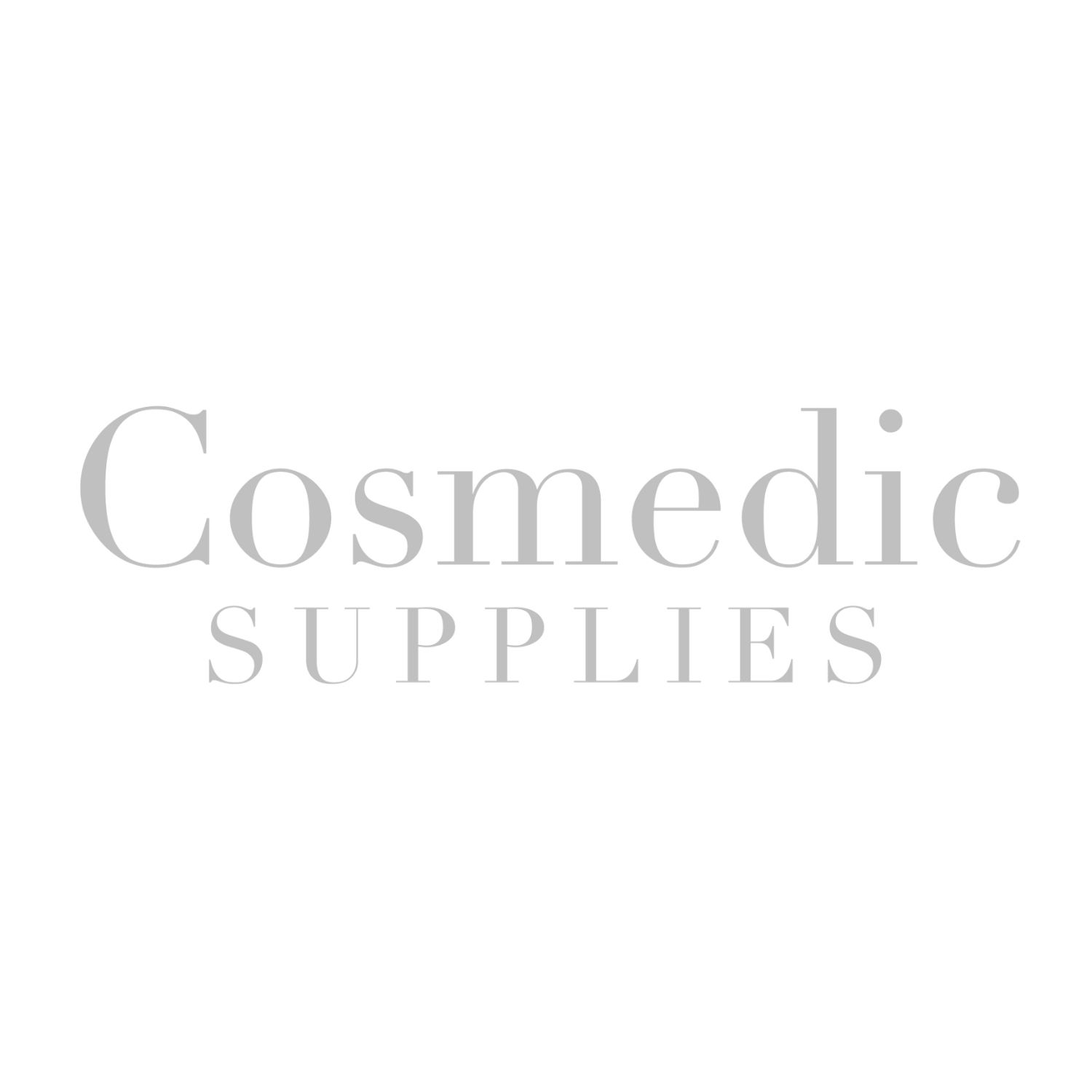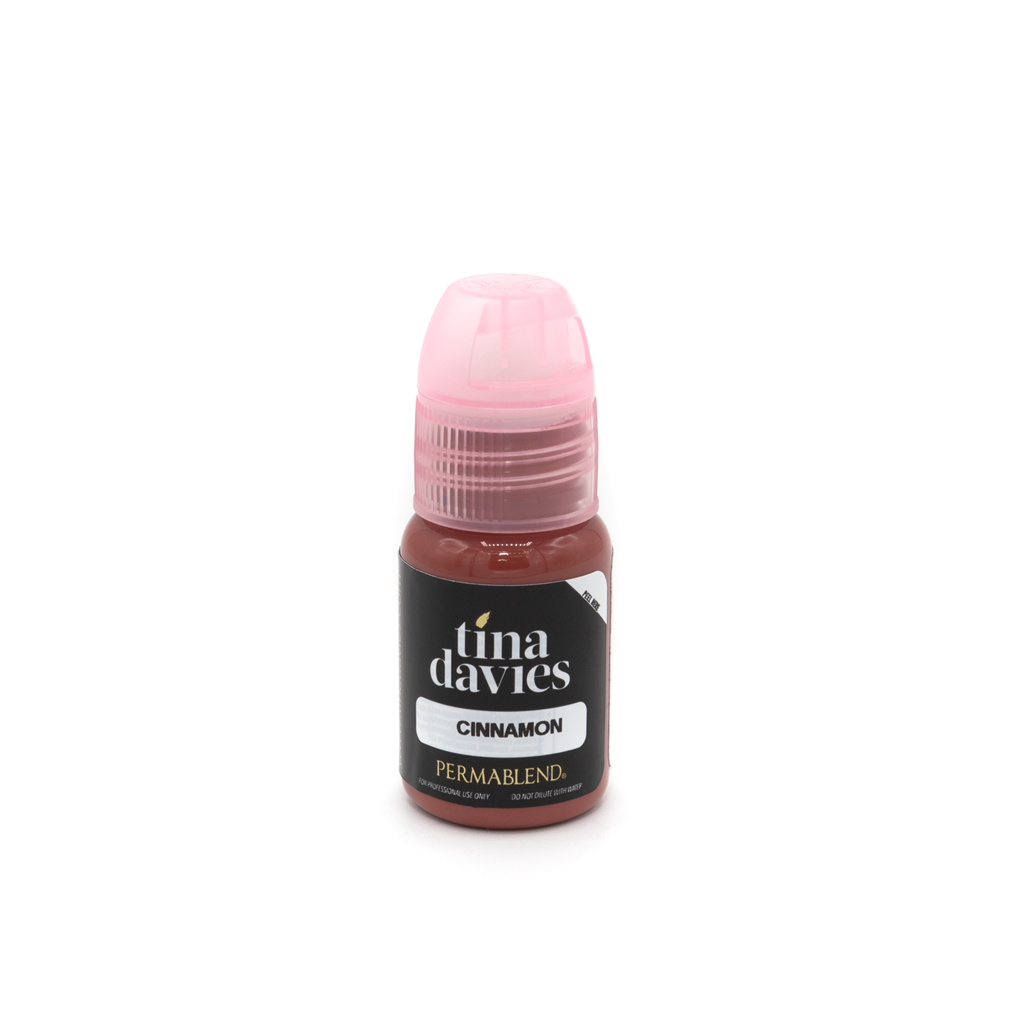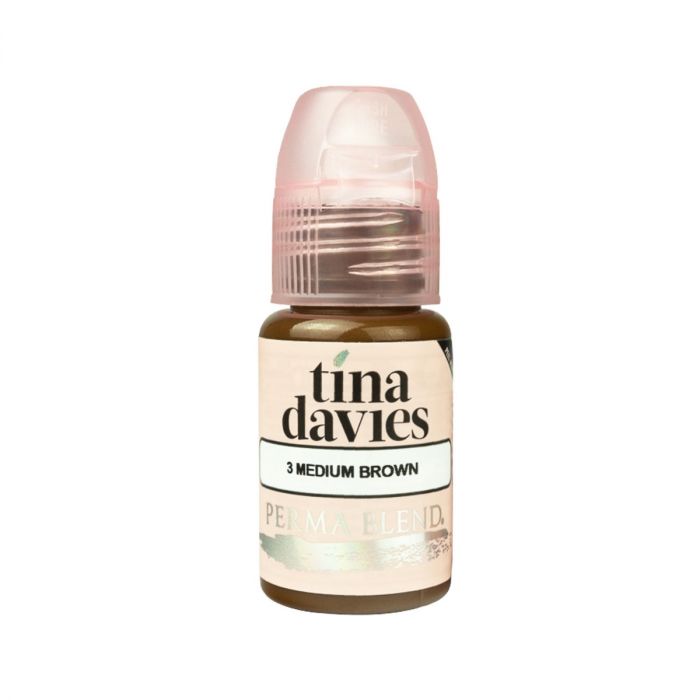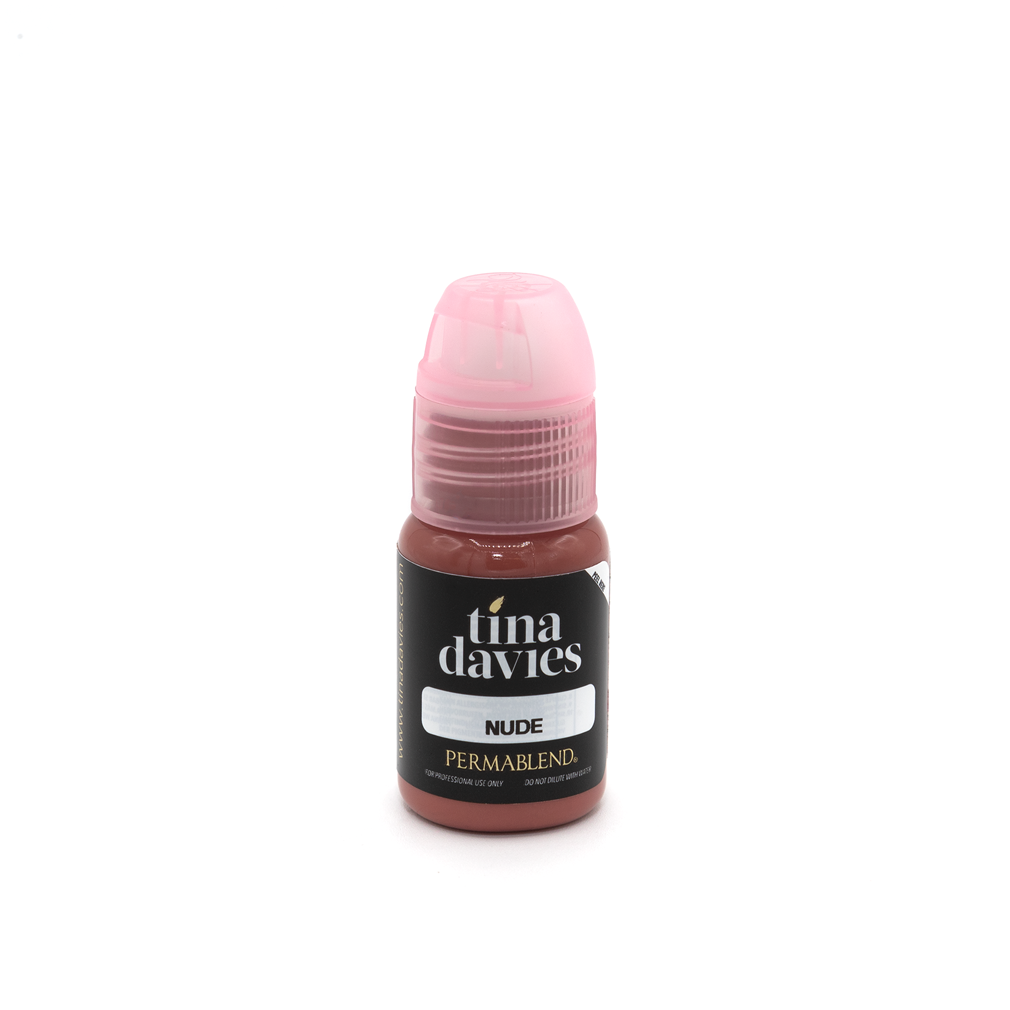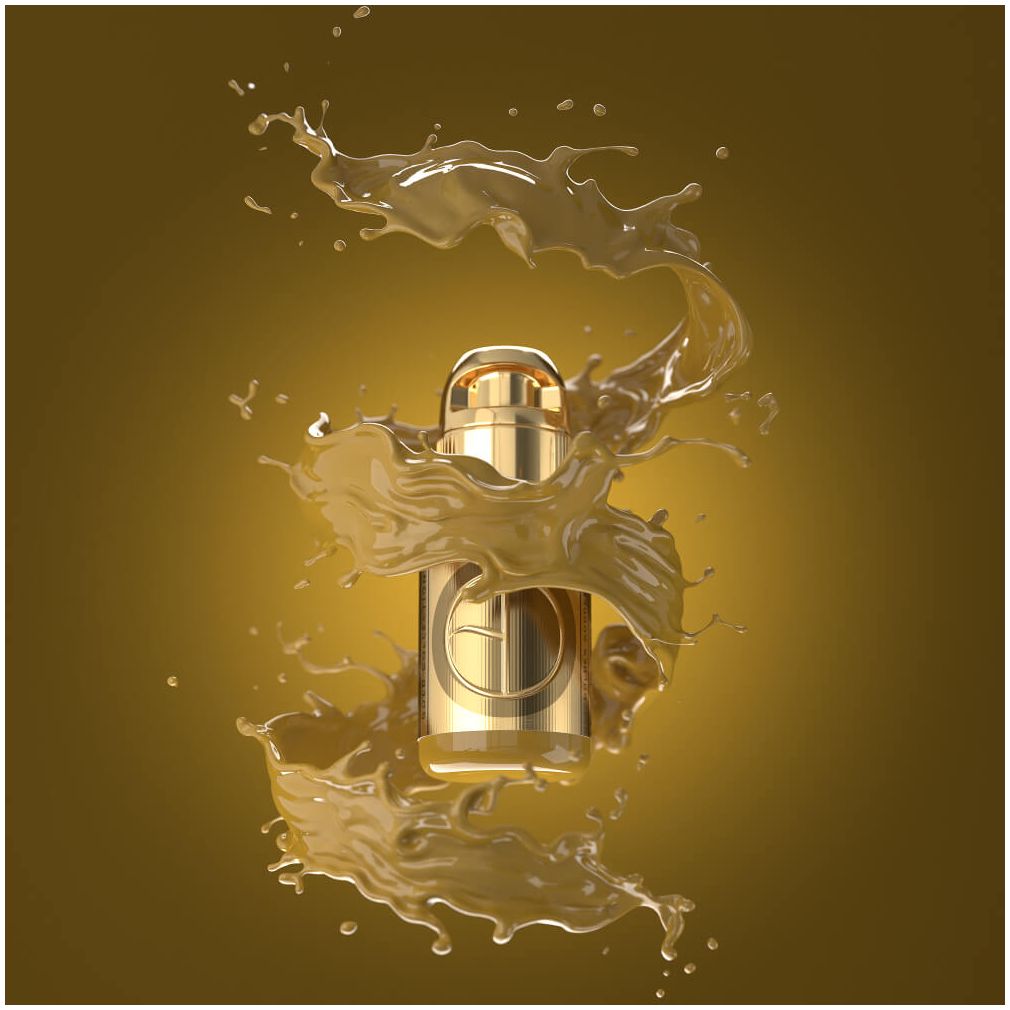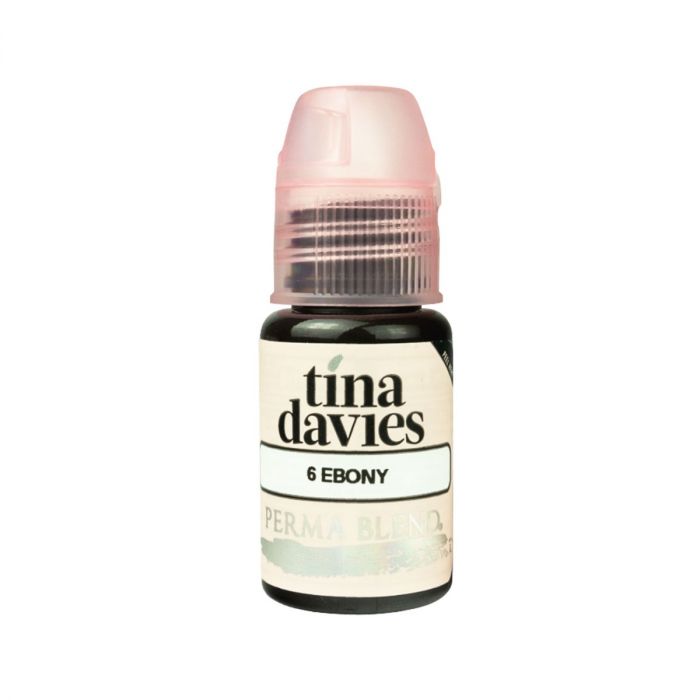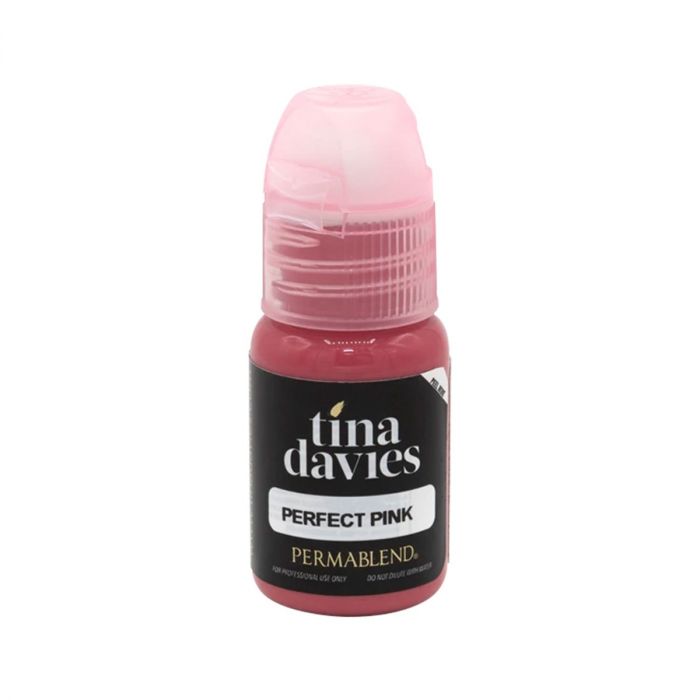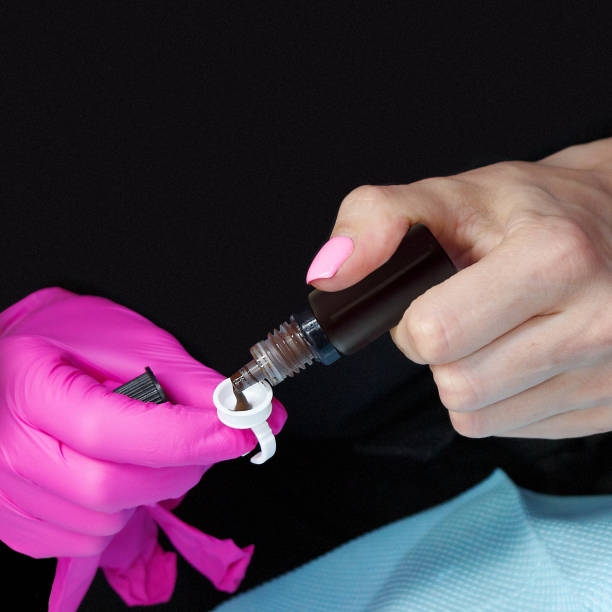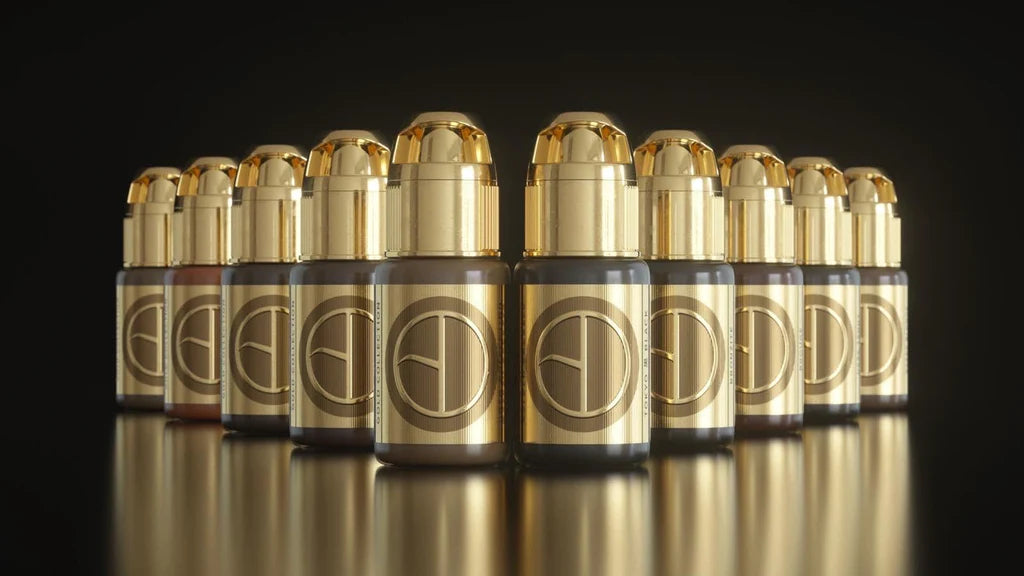
What is miroblading?
Full, fluffy brows are all the rage. And it doesn’t look like this trend is going to go anyway any time soon. However, to achieve perfectly groomed eyebrows everyday can take a lot of time and effort. That is where semi-permanent makeup comes in. This beauty treatment is aimed at creating long-lasting results that require minimal maintenance.
Semi-permanent bows are achieved by one of two options: microblading or micropigmentation. Micropigmentation (otherwise known as the Ombre Brow technique) utilises traditional tattooing techniques by working with a machine. This machine quickly deposits ink into the skin to achieve a more ‘drawn-on’ effect otherwise achieved by brow pencil and inks.
Microblading, on the other hand, uses a scalpel-like instrument to make small incisions in the skin which are then filled with pigment to create natural-looking hairstrokes for a more subtle result.
This blog will cover everything there is to know about microblading, one of the most popular beauty treatments available today. To learn more about micropigmentation, visit our blog here!
What is microblading?
Microblading is a treatment that uses a manual, handheld tool. Practitioners will use a scalpel-like blade to make small incisions in the skin that imitate the length, colour, thickness, and shape of the natural hair. Once the artist has cut the skin, ink pigments are then used to fill the new incision. The result: thicker, fluffier, and shapelier brows all day long.
How long do microblading results last?
Microbladed brows usually last between twelve and eighteen months. Once the ink pigment has faded, clients can book in for a refresh.
To maintain results for as long as possible, clients should follow the aftercare plan provided to them by their artist. This usually involves applying a moisturising lotion to the area and avoiding the use of any harsh cosmetic products as this can encourage premature fading.
Who can get microblading done?
As microblading follows the natural shape of the eyebrow, the treatment will suit most people! However, there are certain clients that might benefit from the procedure more than others. These include:
- Those with patchy and/or sparse brows who want to create a fuller brow.
- Those looking to enhance the natural colour and shape of their natural brow.
- Those who use enhancing makeup on the brow area every day.
- Those who suffer from brow hair loss.
Unfortunately, there are certain clients who shouldn’t book in for a microblading procedure. These include people going through chemotherapy, people with bleeding disorders and people with some autoimmune diseases. If a potential client is unsure of their suitability for this type of treatment, they should contact both their doctor and technician before booking in for a procedure.
What is involved in a microblading procedure?
The whole microblading treatment usually lasts for around 2-3 hours, depending on the tattoo artist and the amount of work that needs to be done. Every artist is different, but this is usually how a procedure is broken down:
Step one: consultation.
Before the treatment itself can begin, the technician will have an in-depth discussion with their client to ascertain what type of results that are hoping to achieve. The consultation will also allow the artist to talk through any potential risks associated with the procedure.
Step two: prepping the brows.
After the initial consultation, the artists will prep the area around the eyebrows. This involves plucking any stray hairs to ensure the natural brow is in the best shape possible before any additional ink is added.
Step three: pre-draw.
Once the brow area has been cleaned and prepped, the microblading artist will then start the pre-draw process. This involves mapping out the new brow with specialist tools, pencils, and highlighters. The technician will then discuss any changes the client wants to make to the shape and size of the brow.
Step four: numbing.
Some microblading artists numb the brow area with a topical anaesthetic or cream to reduce any potential pain experienced by the client. This is usually left on the area for around 15-20 minutes. However, some artists choose to skip this step if they feel it is unnecessary.
Step five: mixing the pigment.
The artist will then mix the perfect shade of ink to compliment the client’s natural complexion.
Step six: the treatment itself.
Once the client is comfortable and happy with the pre-draw, the treatment itself can begin. This involves the technician making lots of small incisions in the skin to replicate natural hairstrokes. These cuts will then be filled-in with pre-mixed pigment ink.
Step seven: the second pass.
If a client requires more hairstrokes to achieve their desired look, the artist will then do a second pass of the area to fill in any gaps or sparse areas.
Step eight: cleaning.
When the treatment is complete, it is imperative the area is cleaned thoroughly to avoid any potential infection.
Step nine: aftercare instructions.
Every microblading artist should supply their clients with a thorough aftercare plan. This usually involves a cleaning and moisturising routine. Our favourite aftercare gel is Hydragel, a super lightweight aloe-vera based jelly that helps to repair and hydrate the skin after tattooing, prevent infection, reduce inflammation, and ease the itching sensation that occurs during the scabbing stage.
How long do microbladed brows take to heal?
It can take around four weeks for microbaded brows to heal fully.
Straight after the treatment, the eyebrows are likely to appear swollen and darker than the desired colour. However, over the course of the next four weeks, the results will settle and heal to reveal the desired shape and colour.
Approximately 2-5 days after the microblading procedure, clients will experience scabbing around the brows. However, it is imperative that they don’t pick at the scabs as this can lead to loss of ink and compromised results.
Once the scabs have fallen off naturally, the microbladed brows will start to look lighter in colour. This is because the natural skin is regenerating. After a week or so they will return to the desired colour achieved by the initial procedure.
Is microblading safe?
Microblading is a non-invasive, low risk procedure and is therefore considered safe for most people. However, as the treatment itself involves continually breaking the skin, there are some associated risks including infection and the possibility of an allergic reaction.
Potential harmful microblading side effects include:
- Swollen brows
- Patchy/discoloured result
- Itchiness
- Excessive scabbing
- Infections
- Allergic reactions
It is therefore imperative clients research their practitioner properly before starting any procedure.
Can microblading be removed?
If, for any reason, a client wants to get their microblading removed, several options are available.
These include:
- Laser removal
- Salt and saline removal
- Glycolic acid removal.
How to look after microbladed brows.
Whilst the microblading technician can work hard to ensure the best results are achieved during the treatment itself, it is the responsibility of the client to ensure they look after their new eyebrows to maintain the best results.
During the first two weeks post-procedure, the client should avoid certain activities. These include:
- Swimming
- Saunas
- Long showers that soak the brows
- Using harsh chemical products on the skin
- Sunbeds
- Excessive exercise
- Sun exposure
- Drinking alcohol in excess
- Laser or chemical treatments and peels
- Touching the area too much
To ensure the best possible results, clients can apply a healing balm or ointment to the skin. This will help to retain pigment and ensure that the brows heal to reveal gorgeous, fluffy brows.
So, there you have it. Absolutely everything you need to know about microblading! Looking to become a microblading technician? Head over to our shop to browse our extensive range of products and build your own microblading toolkit.
